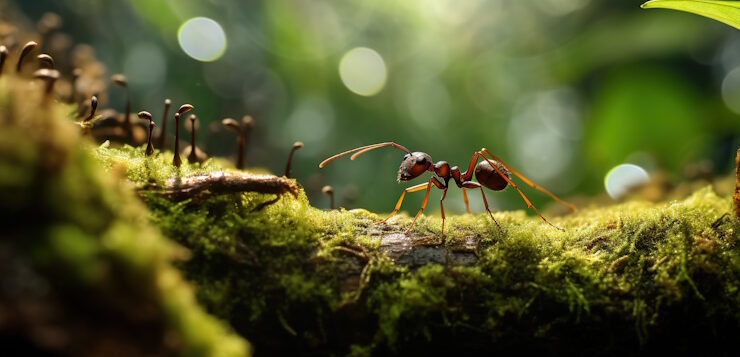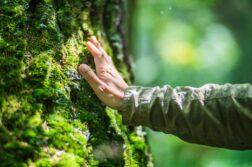Forest nature is inexplicably diverse. This time we’ll pass the trees and the bushes, leave the birds and the mammals alone. Instead, we’ll peek under the bark, pick up moss, and move plant leaves to see what they hide. These five popular books tell fascinating stories about nature’s small actors, all of which have a big impact on our lives.
 Maser, C., Claridge, A. W., & Trappe, J. M. (2008). Trees, truffles, and beasts: How forests function. Rutgers University Press.
Maser, C., Claridge, A. W., & Trappe, J. M. (2008). Trees, truffles, and beasts: How forests function. Rutgers University Press.
Maser, Claridge and Trappe tell the story of the interactions between fungi, trees, and wildlife, focusing on the role of the fungi in forest function. They share many personal observations and stories as well as facts, making this an enjoyable read. The conservation-oriented parts are a little outdated, but apart from those this is a great book for both students of ecology and those that are just interested in nature.
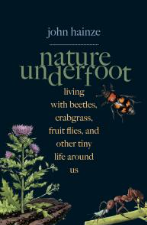 Hainze, J. & Mele, A. (2020). Nature underfoot: Living with beetles, crabgrass, fruit flies, and other tiny life around us. Yale University Press.
Hainze, J. & Mele, A. (2020). Nature underfoot: Living with beetles, crabgrass, fruit flies, and other tiny life around us. Yale University Press.
This book should come with a warning: Read this, and you will never use pesticides again. Hainze sets out to change our attitudes towards the unwanted pests and weeds we so love to destroy, and he manages to do just that. His book is engaging and informative, but also delightful and at times even funny. Having read it, I cannot but agree: our tiny partners deserve more empathy and appreciation they generally receive.
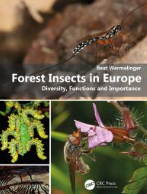 Wermelinger, B. (2021). Forest insects in Europe: Diversity, functions and importance. Taylor & Francis Group.
Wermelinger, B. (2021). Forest insects in Europe: Diversity, functions and importance. Taylor & Francis Group.
Here is a book that should be found on every nature lover’s bookshelf. He approaches insects primarily through the roles they play in the forest ecosystems, from plant reproduction to maintaining soil fertility and more. Their importance to humans is also discussed. The clear and informative text is supplemented by almost 600 colour images of insects and spiders, making this an invaluable handbook for everyone.
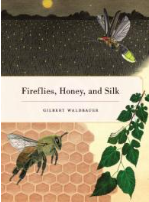 Waldbauer, G. (2009). Fireflies, honey, and silk. University of California Press.
Waldbauer, G. (2009). Fireflies, honey, and silk. University of California Press.
Even if you are not a fan of the creepy crawlies, you cannot but enjoy this book. It focuses on the pleasure many of the insects give us, and on the effect they have on us. Waldbauer covers topics like beauty and culture, but also the material side including silk, candles, and honey. The essays are engaging, full of stories and anecdotes that keep you entertained while you learn fun facts about the insects themselves.
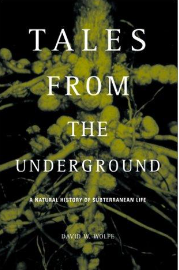 Wolfe, D. W. (2002). Tales from the underground: A natural history of subterranean life. Perseus.
Wolfe, D. W. (2002). Tales from the underground: A natural history of subterranean life. Perseus.
This is a fun little book on soil ecology, but also on the people who have studied it. The first section of the book covers origins of life and modern ideas of biodiversity, moving on to the second section with nitrogen cycling, symbiosis and fungi. The final section focuses on the impact of humans. Wolfe discusses his topics without exhausting us with too many details, yet he manages to present many different viewpoints rather than trying to sell us a single one.
Article image: Adobe Stock images
